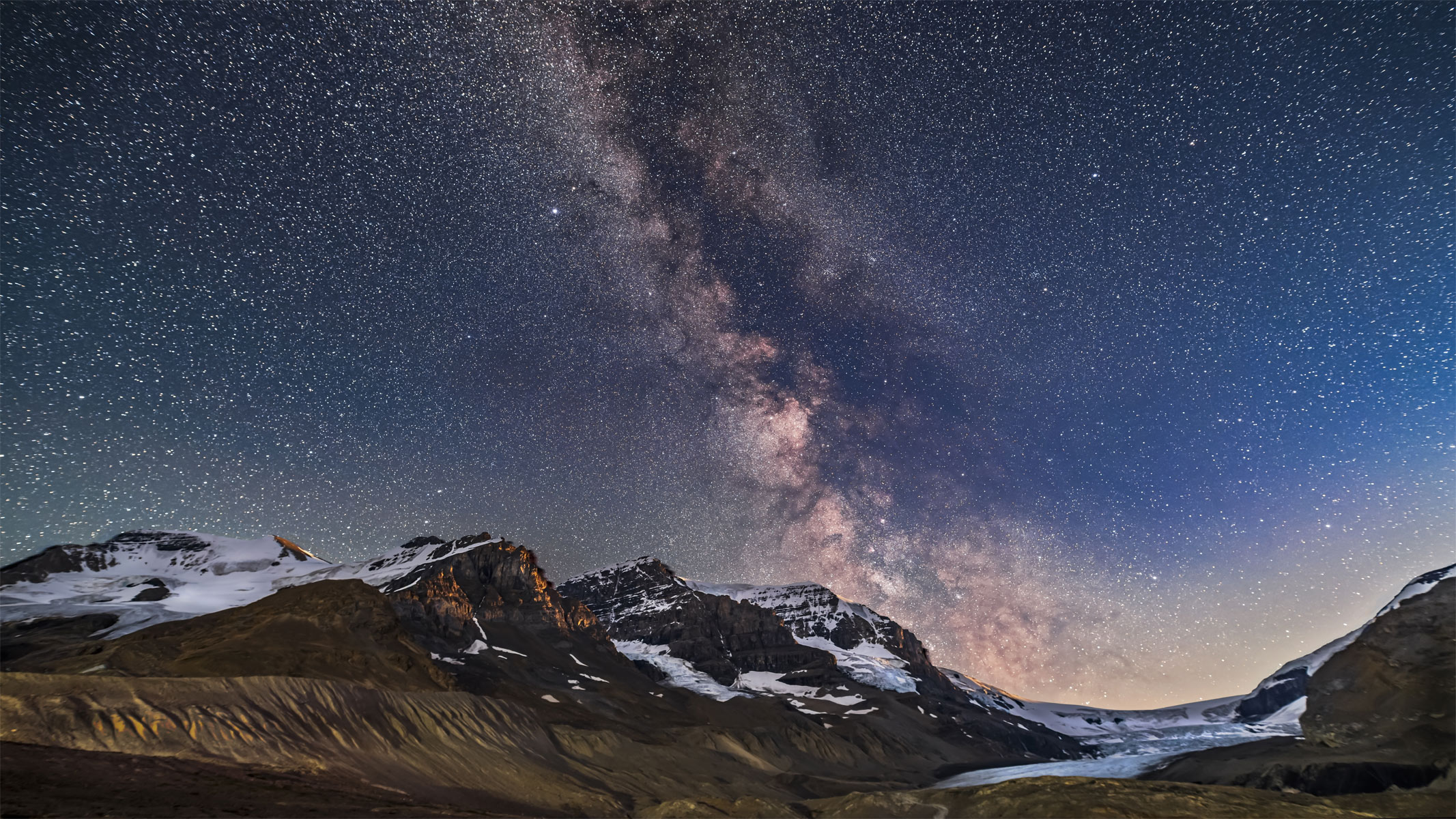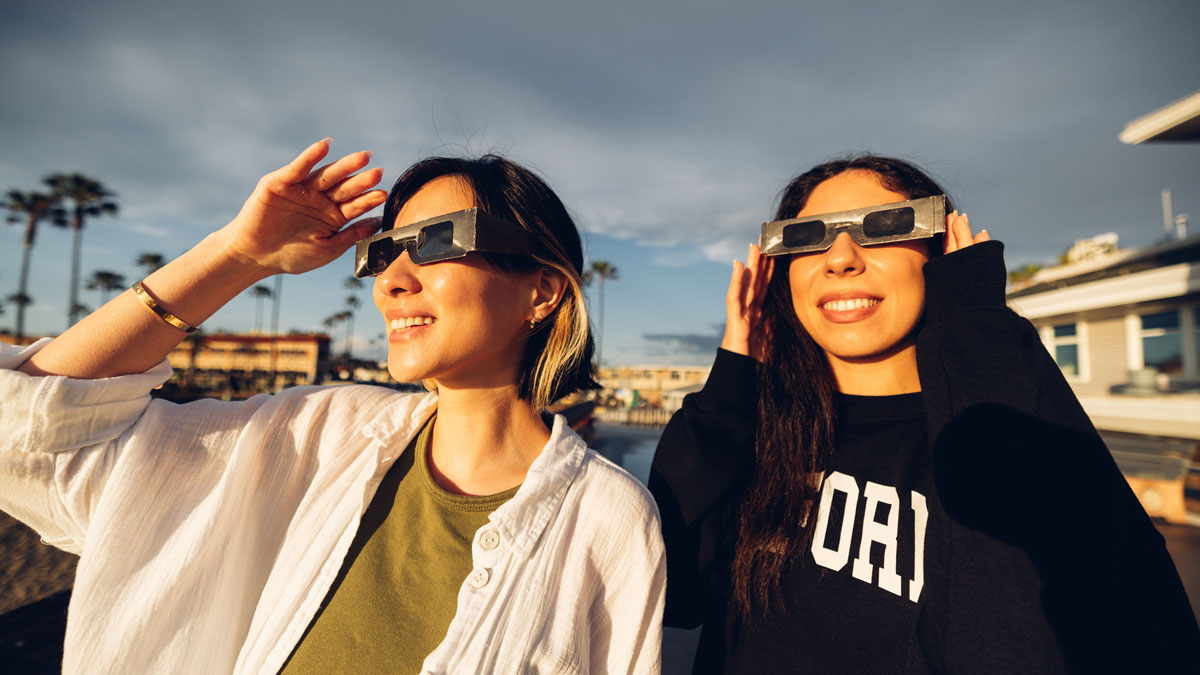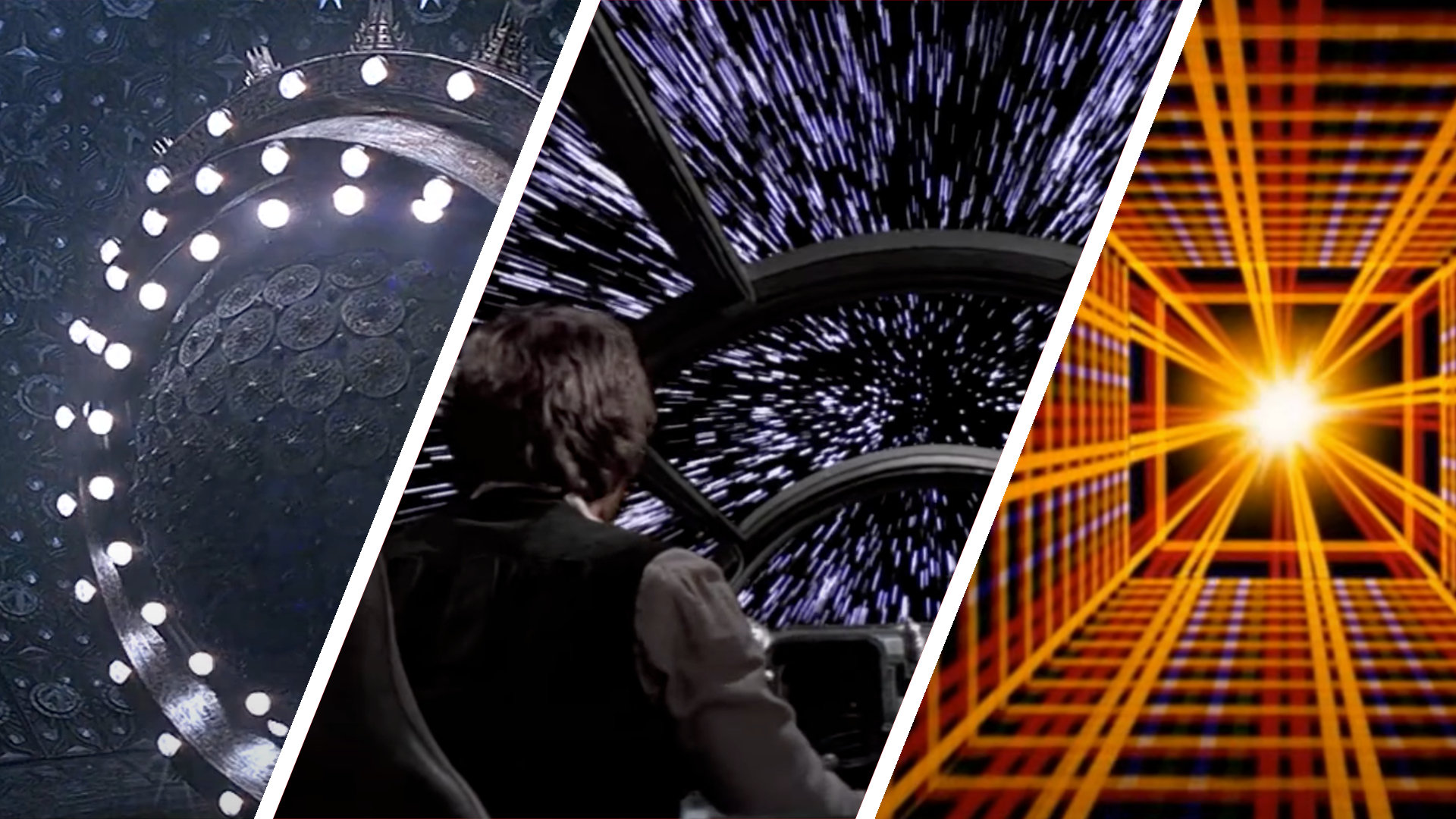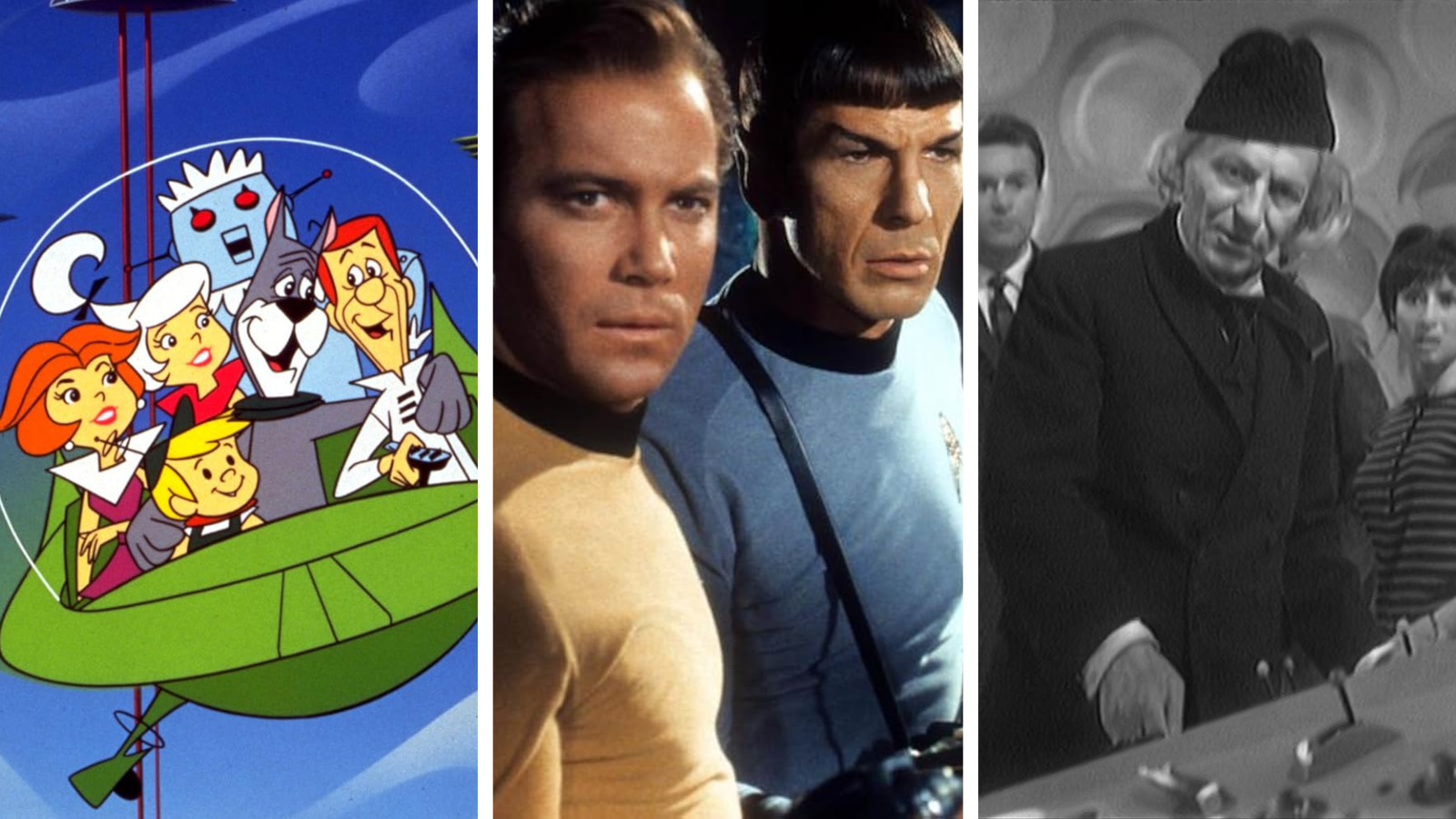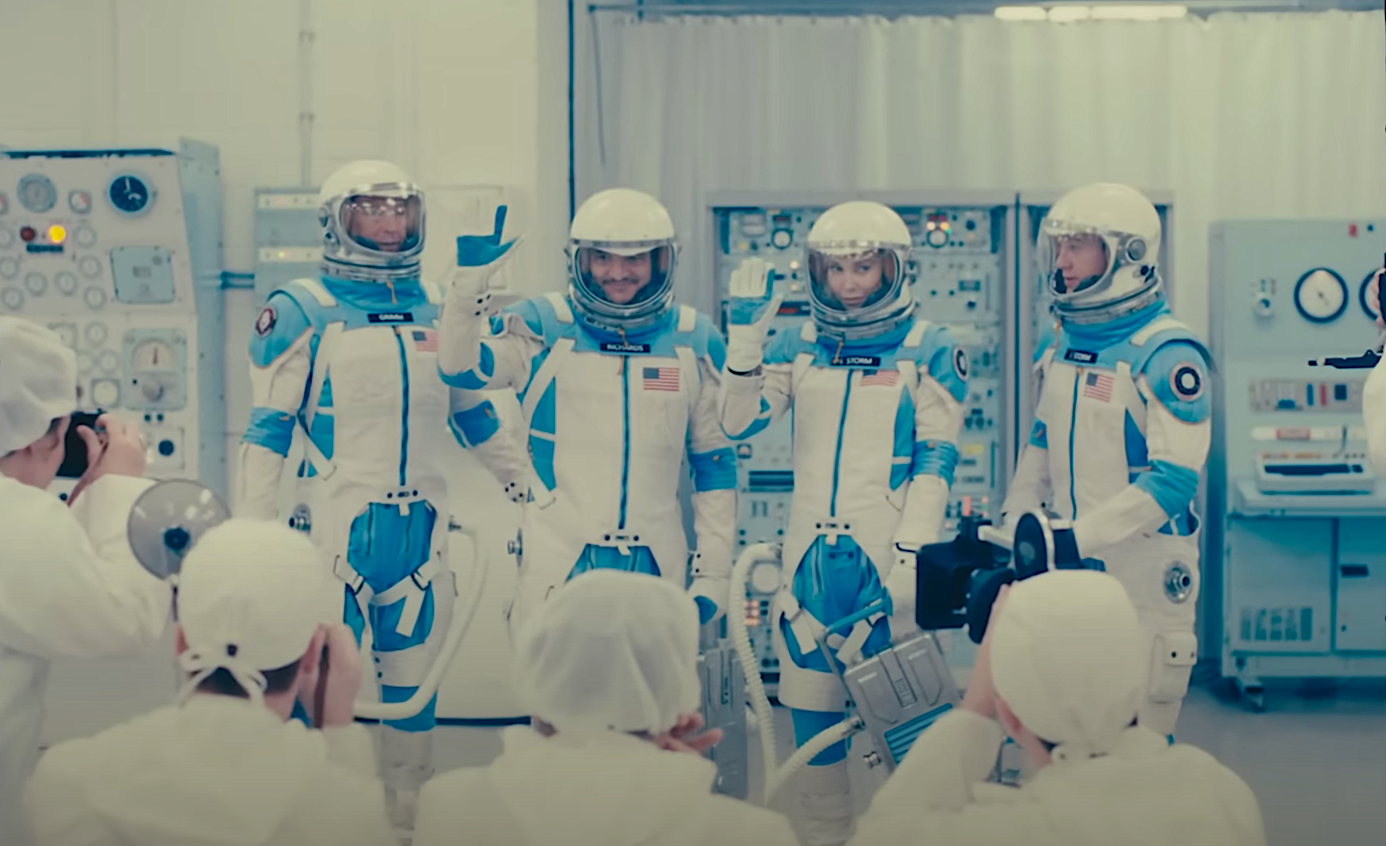How to photograph a solar eclipse with a smartphone — 7 tips from an expert
This guide will teach you the basics of how to photograph the solar eclipse with your smartphone, including techniques for making adjustments to your composition, exposure and focus.
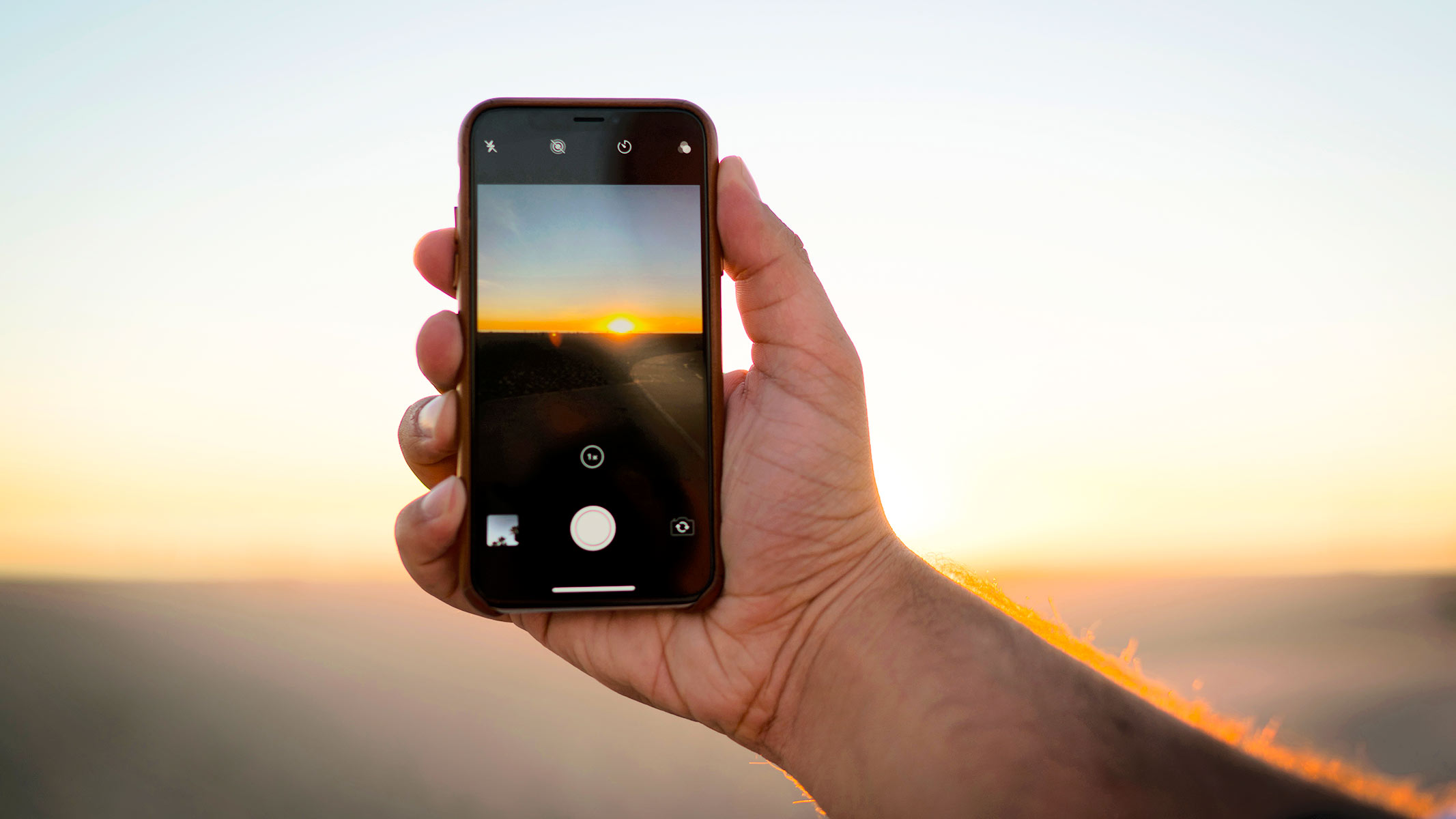
We have a partial solar eclipse coming up! On March 29, many of us will be looking to capture photos of this spectacular celestial event. Although you can certainly use one of the best cameras for astrophotography, it's also possible to snap stunning images of the solar eclipse with your smartphone.
However, it's important to note that the sun is a very dangerous photographic subject if you do not follow the correct safety procedures. First and foremost, you must NEVER look directly at the sun, even through photographic equipment or your smartphone. Prolonged exposure to sunlight alongside ultraviolet radiation may permanently damage your camera's optics as well as your vision.
This guide will teach you the basics of how to photograph the solar eclipse with your smartphone, including techniques for making adjustments to your composition, exposure and focus. We'll also explain how to use the proper solar filters to observe the sun safely.
Useful gear for photographing the eclipse
Need something to equip your camera and lens or telescope with? Here's three top products we recommend for photographing a solar eclipse.
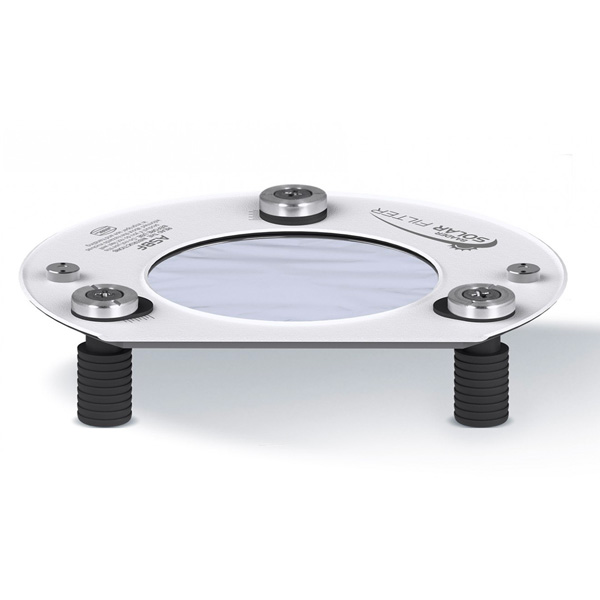
White light filter designed to clamp onto binoculars, camera lenses and monoculars, this filter is well built and provides great views of the sun.
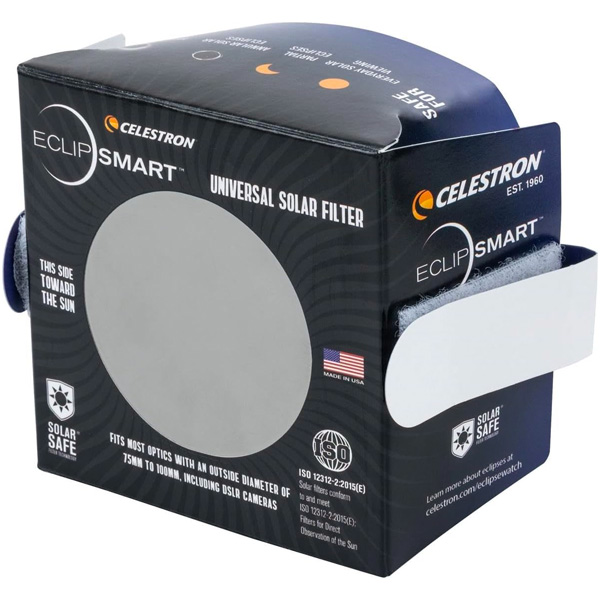
A cheap and cheerful solar filter to attach to your telescope, camera lens or spotting scope for easy solar viewing, but it's not designed to last forever.

Made specifically for solar photography, this filter can screw onto the front of camera lenses and telescopes, although it doesn't claim to block any of the harmful rays.
Why smartphones are ideal for the solar eclipse
Gone are the days when people tried to use point-and-shoot cameras — these days, it's either a smartphone or a DSLR/mirrorless camera. 'Smartphones are going to be the way most people capture this eclipse and that's fine — they will work very well,' said Alan Dyer, solar eclipse photographer and author of How to photograph the solar eclipse, in an interview with Space.com. 'Even if you just hold it up and shoot on auto exposure, you'll probably get a good shot.'
Whilst professional close-up images of the sun's corona will be out of most people's reach, since they require high-tech equipment as well as professional knowledge and experience, you'll still be able to capture some great pictures and videos with your smartphone camera, especially with a bit of forethought and planning. We've rounded up our eight top tips to set you on the path for success.
For amateur and professional photographers who are looking for a more detailed shot, we also have a dedicated guide on ‘how to photograph a solar eclipse’ with your camera, along with a guide to the best solar viewing kit to set you up for this and any future eclipses.
1. Use a solar filter
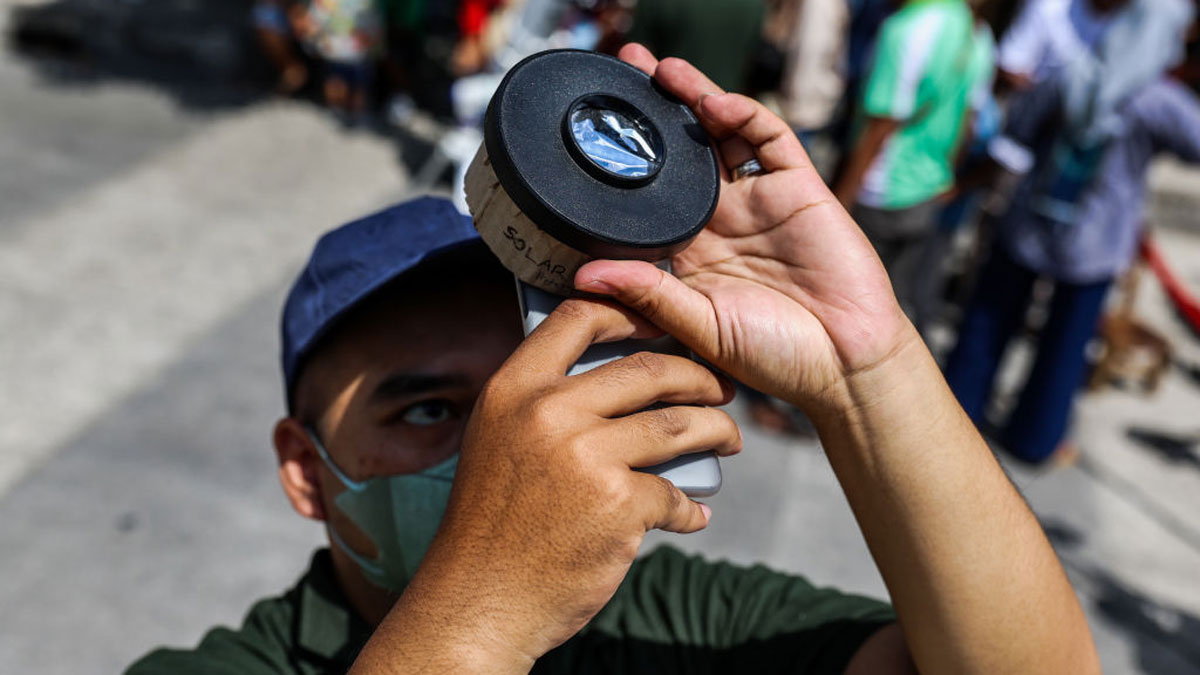
When taking photographs during the day, you may capture the sun in the corner of your frame. Due to the intensity of the sun's light, there may be evidence of flaring and an overexposed disk.
To counteract this effect, place a certified solar filter in front of your smartphone's camera optics. Our go-to is Baader's AstroSolar film, which is a great optical sheet material that can be purchased in different sizes depending on your application. This material is ISO 12312-2 certified and is safe for solar observation, blocking 99.999% of sunlight. Because it's a fabricated filter, the sheet can be cut down to size, mounted between two pieces of card and adhered together.
Measure the surface area of your smartphone's optics to know how much of an area needs to be filtered. You have a couple of options for photographing the eclipse with a smartphone: You can hold the filter in front of your smartphone's camera or attach it to your smartphone or cover temporarily with self-adhesive tape. Just make sure the filter is comfortably held in place.
When taking images of the sun, you may first notice that the metal-like finish of the material is reflected in the live view of your smartphone when you go to take a photo; the sun appears as a more distinct object.
2. Get yourself a tripod
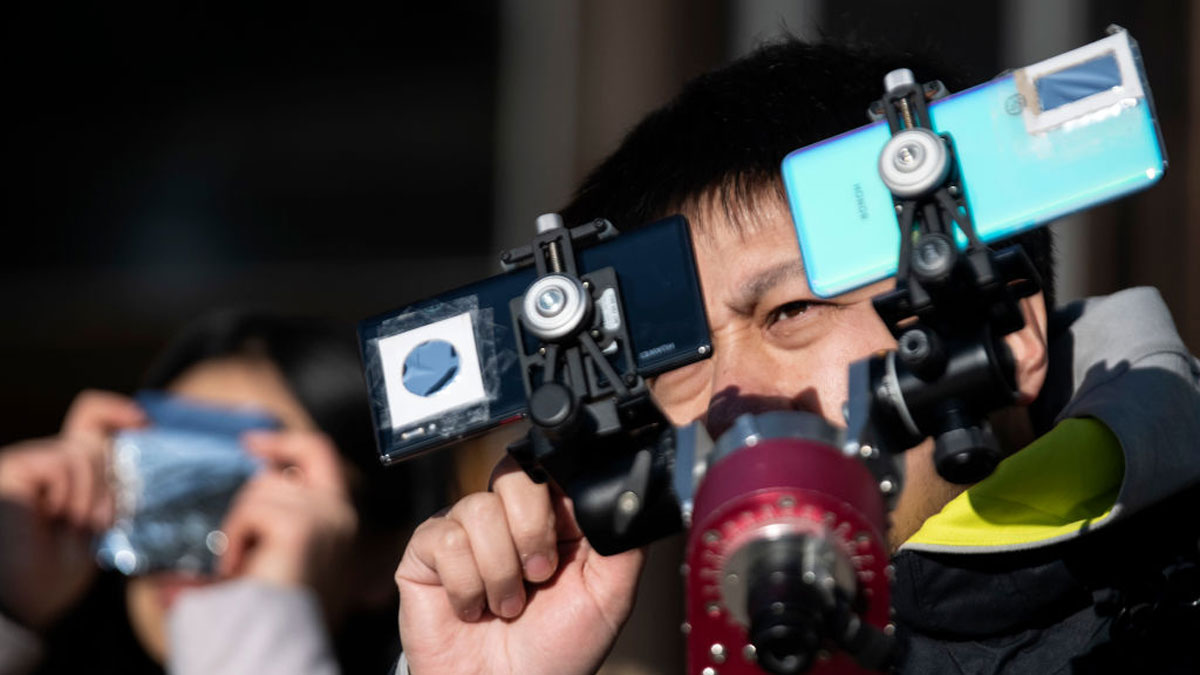
You can take your images with a handheld smartphone or by using a mobile phone tripod. We advise using a tripod because it provides flexibility in terms of composition and maneuverability by freeing up your hands to make these adjustments to your camera settings. Check out our reviews of the best compact tripods for smartphone astrophotography.
Shooting video can still be a great way of documenting the eclipse, just try thinking less along the lines of filming the eclipse itself and more along the lines of filming you, your friends and your family experiencing the moment of totality together. Not only will you capture the eclipse in the background, but you'll also get a great piece of film that you can share with others and watch back later as a souvenir of that magical moment.
To achieve this, you can try leaning your smartphone against something nearby, or you can invest in a compact tripod with a universal smartphone holder to take with you on the day of the eclipse. 'Put it in wide-angle mode, start the movie going a couple of minutes before totality and just let it run,' said Dyer. 'As a bonus, you'll capture audio — the cheering and you shouting 'oh my God!' — a big part of the experience and a great souvenir you can use to relive the eclipse years later.'
3. Decrease your exposure
Next, consider your shooting style. As mentioned above, the sun will appear as a more defined object with a solar filter mounted in front of your smartphone's optics. The next stage will be to decrease the exposure value of your image. This is a numerical figure that can be amended in your smartphone's camera settings.
Understandably, layouts between Apple and Android devices vary. On Apple devices, exposure can be temporarily controlled by tapping the screen and adjusting the exposure of the image. Or, if you flick upward on the screen and select the symbol with a plus/minus sign, you can fix your exposure value for multiple shots.
On Android devices, you can temporarily adjust the exposure by tapping the image and moving the slider. Or, you can set the exposure compensation by going into "Pro" mode on the camera. These are just the options for the built-in camera software, but there are plenty of camera apps that allow for more precise manipulation of your phone's camera settings. Decreasing your exposure should start to limit the reflecting properties of the solar filter, and the solar disk should be more defined.
4. Use optical zoom if you have it
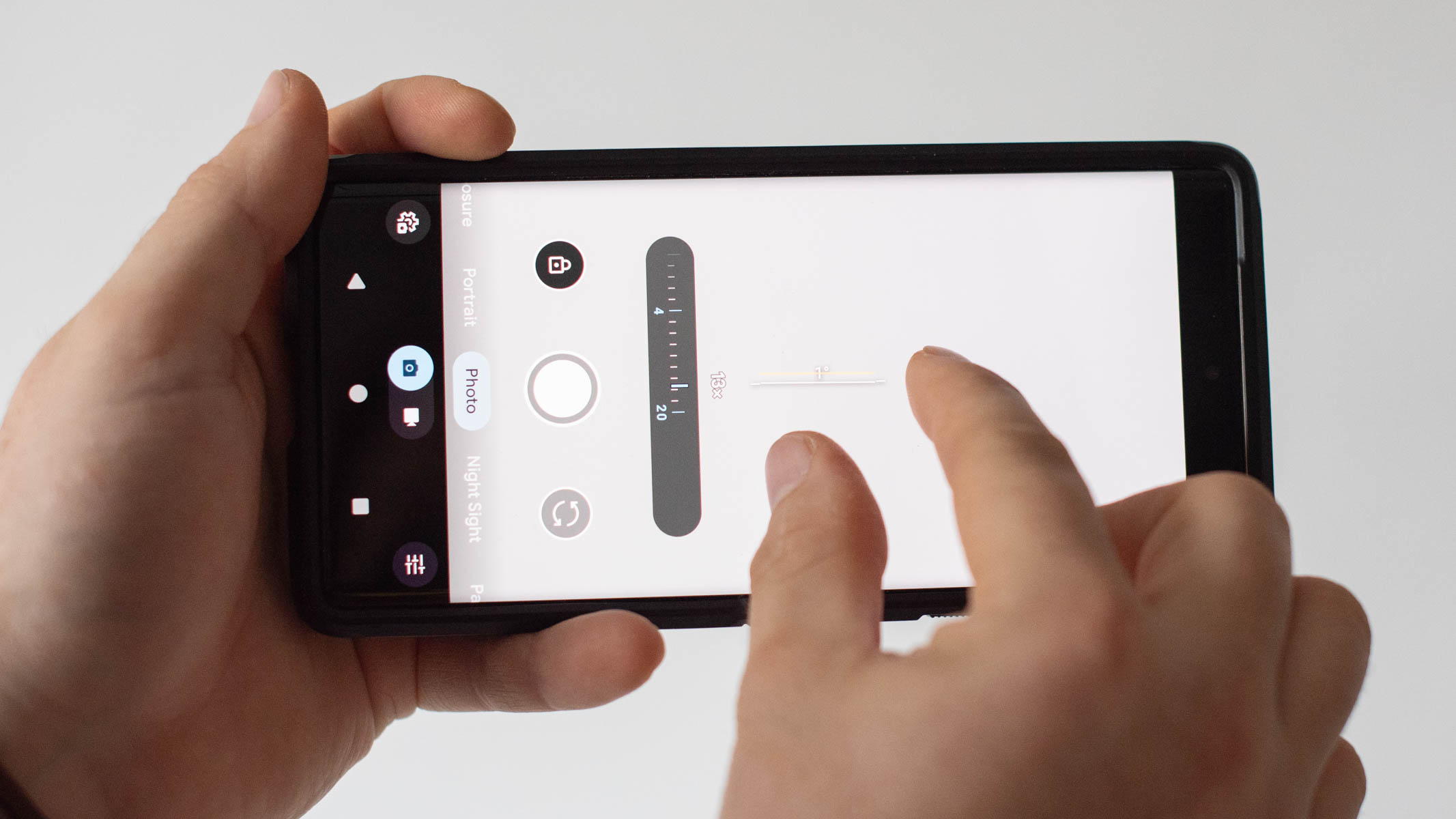
The next stage is a creative decision. As camera technology develops, the quality of smartphone optics increases. However, on some smartphone models, the quality of telephoto images does decrease when the focal length is amplified. Therefore, this consideration is best catered to the latest smartphones, such as the Google Pixel 8 or iPhone 16 Pro.
The key spec to look for when you're deciding whether to zoom is if the camera has an optical zoom or a digital zoom. Some phones have a separate lens with a longer focal length that will make the sun look bigger without harming the image quality. Digital zoom crops in on the existing resolution and thus can harm the image quality of your subject. If you opt for a wide-angle approach, expect a smaller image scale of the sun.
During the eclipse, the partial phases will be visible as a small "bite" being taken out of the sun. By opting for a telephoto image, you will increase the image scale of the sun. Plus, the partial phases will be more defined, and any potential sunspots and solar granulation may be visible.
5. Test your camera settings

With your smartphone mounted, the next step is to keep the sun at the center of your frame as you increase the image scale. Keep the sun in the center of your frame, and perform minor movements or "pinches" to gradually zoom in on the sun. Most smartphone devices can perform automatic focus when "touching" the area of your selected subject (in this case, the sun). Otherwise, use the manual focus settings on your smartphone while you operate the sliding wheel to bring your image into focus.
Now it's time to capture an exposure of the sun. At this stage, a greater telephoto focal length may have reduced the amount of light entering your camera. Therefore, you may need to adjust the exposure values to assess the image. We recommend using a self-timer to prevent any movement. At first, opt for a two-second delay to allow enough time after your camera's shutter is activated.
The next phase is to assess your image. Is it in focus? Is the sun's disk overexposed? You may wish to experiment with a series of focal lengths to see which image scale works best for you. Partial solar eclipses should always be photographed through solar filters from beginning to end. To make minor corrections to your image, head to a shaded area to assess your images away from direct sunlight. If needed, use a dark fabric to cover your imaging setup when you're making these corrections.
6. Shoot RAW
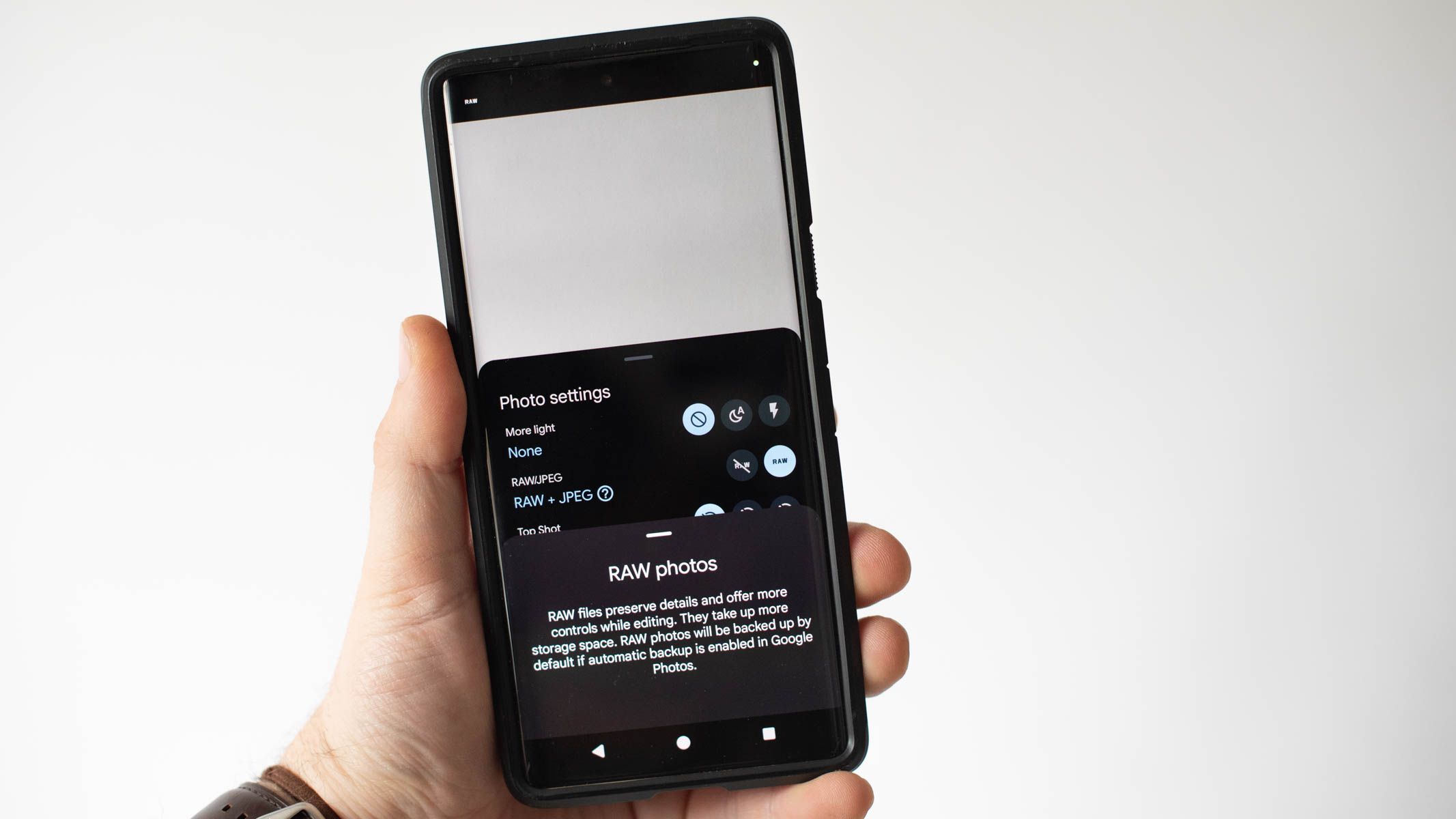
The way to shoot in RAW is to download a third-party app such as Halide, Yamera or Camera+ 2 and toggle on the RAW mode. Some phones, like the Google Pixel range, will let you shoot RAW without needing any third-party apps. RAW images retain the original sensor data and skip the built-in processing your smartphone automatically applies to JPEGs.
Before you post your quality snap of the solar eclipse on social media, see if you need any photo adjustments. Do the darker tones of your image need to be more defined? Use your preferred photo editing app, such as Adobe Lightroom Mobile, or a built-in photo editor to make these corrections. The finished result will have much more dynamic range, color and detail than any JPEG your smartphone's built-in camera app produces. Finally, consider the scale of your image. Some social media platforms opt for a 4 x 5 image scale. Otherwise, the conventional 1 x 1 may be suitable.
However, since RAW images take up more space, it's wise to make sure you have plenty of room on your smartphone, perhaps clearing out unwanted photos and apps before eclipse day. Need more space? Back them up on one of the best external hard drives.
7. Use burst mode during totality
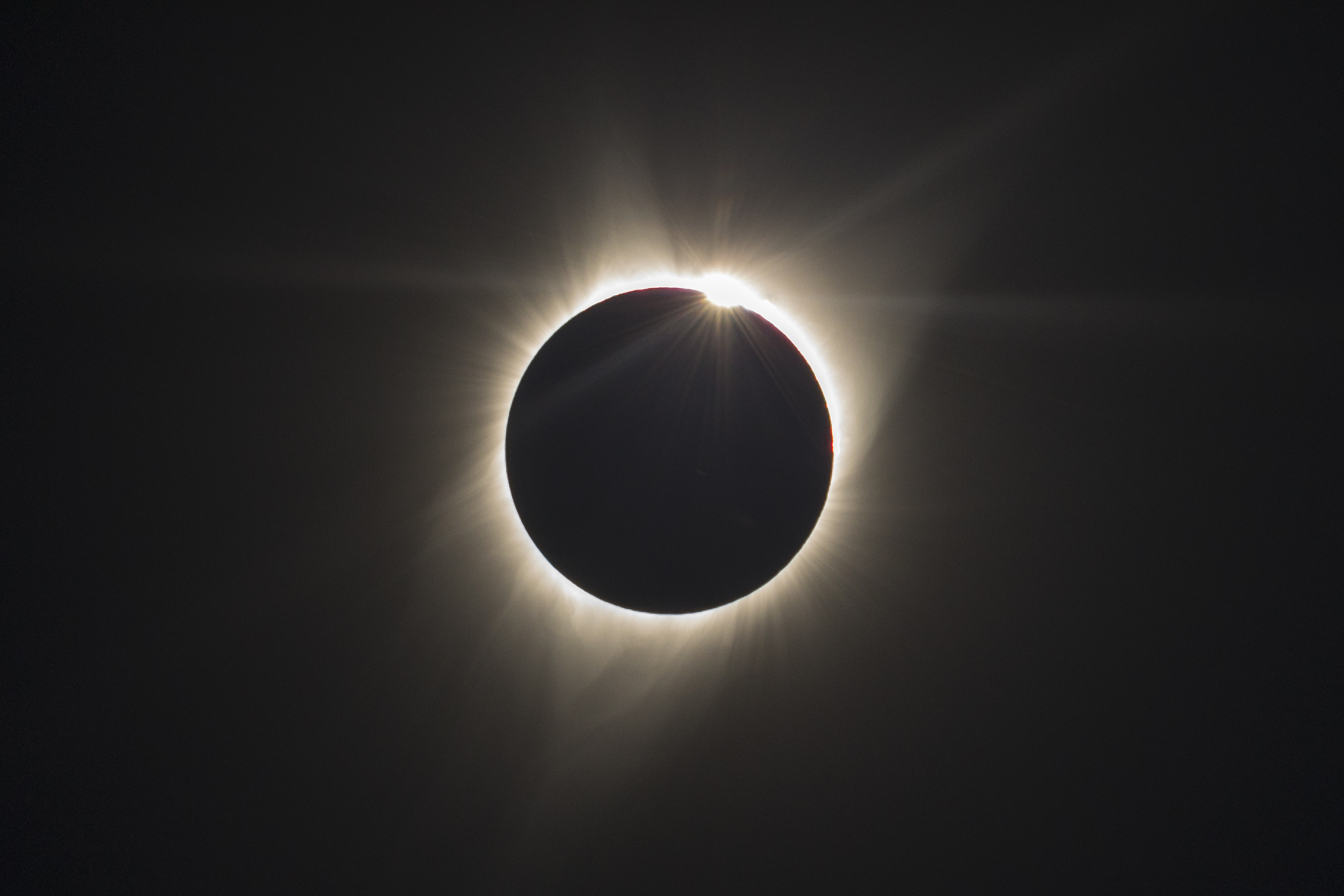
With the last few beads around the moon, you're ready to catch one of the highlights of the eclipse — the diamond ring. It's the final bead of sunlight before it goes completely dark, and the sun's mighty corona appears. This happens in a split second, and you'll have no hope of catching it manually, so consider using burst mode to capture the magical moment.
Upcoming solar eclipses
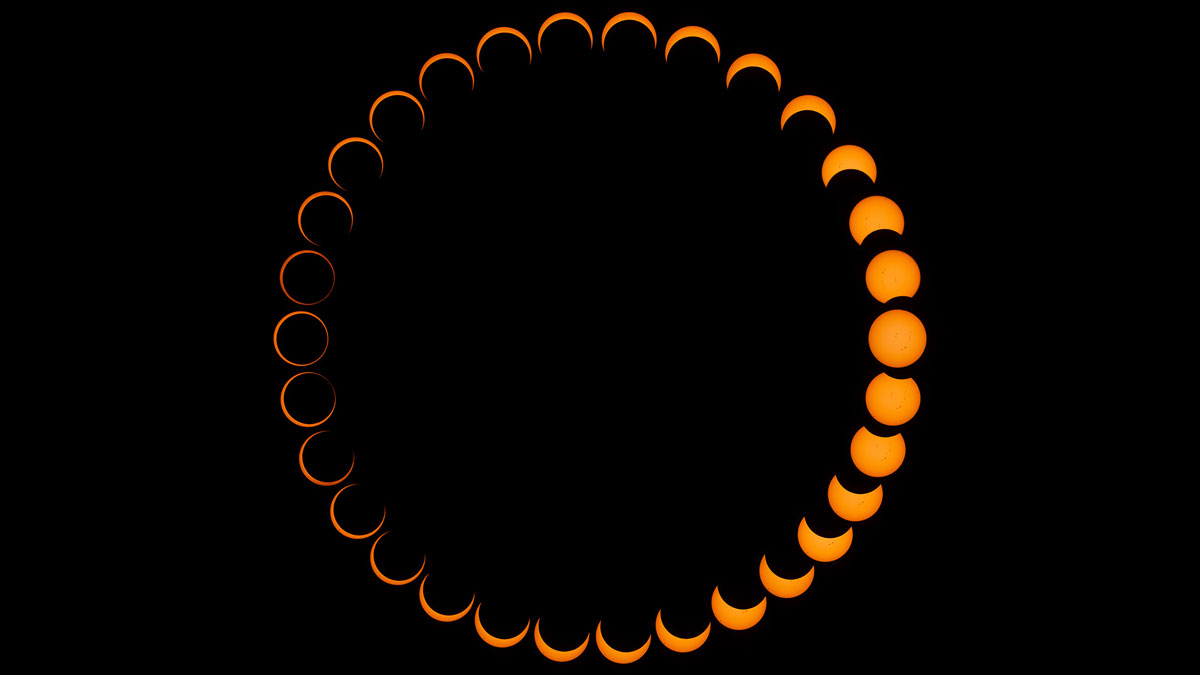
Our solar eclipse guide details at length when and where the next solar eclipses will be, but below is a summary to whet your appetite.
March 29, 2025 - A partial solar eclipse will be visible from the northeastern U.S., northeastern Canada, Eastern Europe, northwest Africa and Russia.
Sept. 21, 2025 - A partial solar eclipse will be visible from Antarctica, New Zealand and the South Pacific region.
Feb. 17, 2026 - An annular eclipse will be visible from Antarctica.
Aug. 12, 2026 - Europe is next treated to a total eclipse in 2026, which will be visible from Greenland, Iceland and Spain. Weather permitting, several large cities will see totality, including Reykjavik, Bilbao, Zaragoza, and Palma. Most of western Europe will experience a partial eclipse.
Feb. 6, 2027 - An annular eclipse will be visible from parts of western Africa and parts of South America.
Aug. 2, 2027 - The path of totality for this 2027 eclipse travels across North Africa and the Middle East before terminating over the Indian Ocean. Egypt will see the longest period of totality, a huge 6 minutes 22 seconds, near the city of Luxor — the second-longest solar eclipse of the century. Given the climate, time of day, and exceptional length of totality, this is likely to be the most favorable viewing position for any solar eclipse in this decade.
July 22, 2028
The final total solar eclipse of the decade will happen in 2028, when Australia and New Zealand will witness an eclipse with a maximum totality of over five minutes. This eclipse will be notable for passing over Sydney.
Did you capture an amazing image of the solar eclipse? Share your photos with us by emailing them to space@futurenet.com.
Join our Space Forums to keep talking space on the latest missions, night sky and more! And if you have a news tip, correction or comment, let us know at: community@space.com.
Get the Space.com Newsletter
Breaking space news, the latest updates on rocket launches, skywatching events and more!

Josh Dury (B.A. FRAS) is an Award-Winning Landscape Astrophotographer, Presenter, Speaker and Writer based in Somerset, UK. His work has been recognized by NASA, Astronomy Picture Of The Day, BBC, CBS, and CNN, amongst others. With endorsements from Apollo 11 Astronaut Buzz Aldrin and ESA British Astronaut Tim Peake. His work has been recognised by major photographic and astronomical bodies, including The World at Night (TWAN), Astronomy Photographer of the Year, Historic Photographer of the Year and PetaPixel, whilst collaborating with photographic brands: Canon, Sigma, Benro, NiSi and Tenba. As a Delegate of The International Dark-Skies Association (IDA) he uses astrophotography as a platform, in raising awareness of dark-sky conservation and the impacts of light pollution to the natural environment.
- Jamie CarterContributing Writer
- Jase Parnell-BrookesManaging Editor, e-commerce
You must confirm your public display name before commenting
Please logout and then login again, you will then be prompted to enter your display name.




